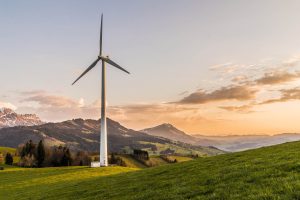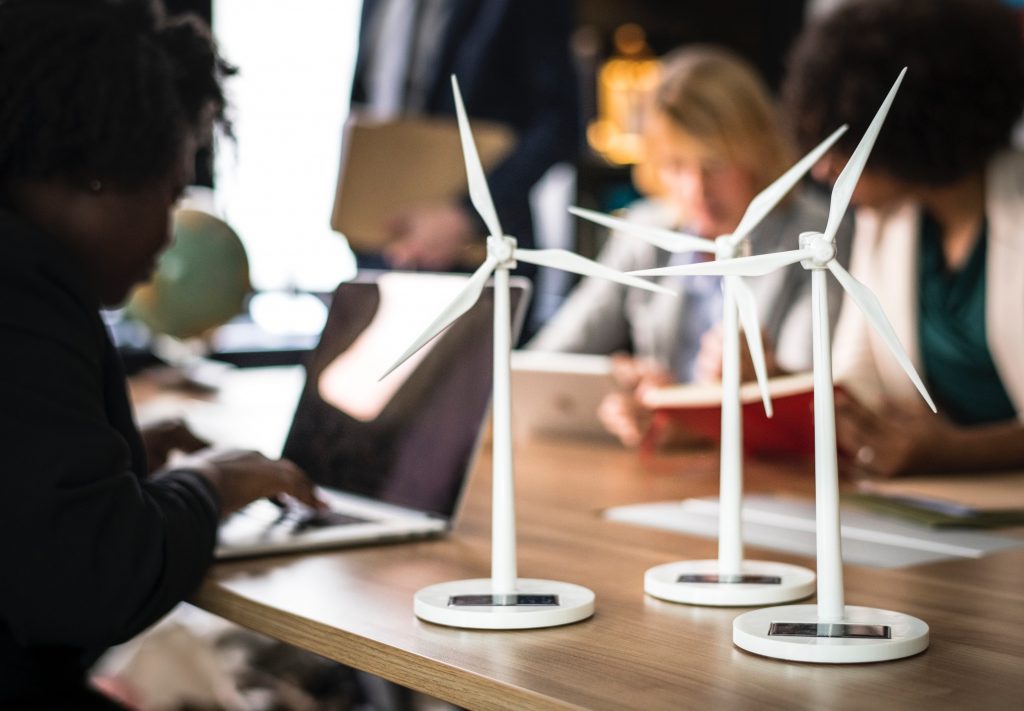Normally, inventions are breakthroughs that help people to improve on old models. Every windmill you see around has tiny components of with specific functions. While power generation from wind needs some levels of research, the complexity doesn’t discourage people from building their wind farms. Every wind turbine enthusiast needs to understand the basic principles of producing electricity from renewable energy. Also, wind farm projects require the expertise of specialists and collaboration.
Before You Build a Wind Farm
As one of the earth’s renewable natural resources, wind energy is sustainable and eco-friendly. Before any wind farm project, architects and structural engineers provide well-detailed concepts. Normally, it’s the conceptualisation phase that helps to plan, and implement projects. Evaluations on risk to wildlife and environmental impacts will be considered too. Additionally, investors of wind farm projects need special permits before they can install and test their turbines.
The importance of conducting environmental impact assessment (EIA) processes is to prevent project disruptions. Some soils might be unsuitable for installing the towers of wind turbines. Also, the EIA helps to prevent litigation when the farm is sited on a government or unauthorised property.
Unlike DIY home-built wind turbines, large-scale wind farms have complex designs. To make the project design easy, get an engineering consultation to submit reports, and work independently. The consultant’s scope of work includes budgeting, acquisition of permits, project financing, manpower, and material sourcing. Other responsibilities are the timeline for completion, installation details, and site preparations. It’s helpful when wind farm projects enjoy strong local support.

Usually, some locals oppose long-term land leases for wind farms because it conflicts with their economic benefits. When there’s a lingering dispute between both parties, it can stall the progress of any wind farm project.
Aesthetics
Newer wind farms have larger, more widely spaced turbines, and also have a less cluttered look than older installations. Wind farms are often built on land that has already been affected by land clearing and they coexist easily with other land uses (e.g. grazing, crops). They have a smaller footprint compared to other kinds of energy production like gas and coal plants. Wind farms may be close to scenic or undeveloped places, and aesthetic issues are all important for onshore and near-shore areas. One issue to be solved is the presence of trees in the surrounding area. In instances where you would want to completely remove the tree, it is important to go down to the roots. Tree roots can be disruptive to the surrounding infrastructure. One such instance is the presence of tree roots in drains.
Cosmetic issues are subjective and a few people find wind farms optimistic and pleasant or symbols of energy autonomy and local prosperity. Whenever some tourism officials forecast wind farms will harm tourism, some wind farms have themselves become tourist attractions, together with many having visitor centres at floor level or even observation decks atop turbine towers.
Know the Risks
Wind farm infrastructures are sustainable projects because they prevent the emission of greenhouse gases. The wind farm project enjoys a low risk unlike other power generation infrastructure or other general infrastructure types. However, wind farm projects require high financing costs to execute them. You might not hear of other threats apart from natural disasters, flying animals like birds, and bats, whereas in other infrastructure types, such as drainage infrastructure, you will be faced with a plethora of problems including sewer blockage. Also, the potential impacts of noise from the wind turbine are very low.
Understanding your wind resource is essential before you build the wind farm. The project consultant can guide wind farm investors on the right legal procedures to adopt. During periods of low wind, power yields are often minimal, and rotor blades might collide with animals that fly. When these conditions occur, you should expect the cost of maintenance to increase too.
Wind Farms for Energy Generation
A small-scale wind farm of 1.5 megawatts can power at least 500 homes. While bigger wind turbines are expensive to install, get the right generating capacity before you start a project design. Developed countries are adopting favourable policies for renewable energy sources. Without a political will, the global threat of carbon footprint will increase. Some of the world’s leading turbine manufacturers for wind energy are Siemens, United Power, and Ming Yang. Others include Vestas, Sulzon, Enercon, Gamesa, and Nordex.
Project Commissioning
Commissioning is often the final phase after installing the equipment for your first wind farm. Usually, a large-scale wind farm construction is a long term project because it requires accessibility. Workmen and logistics operators will need roads into the site. Since wind turbines and other equipment are large, it could be more demanding to satisfy the basic requirements. Also, the installation of an offshore wind farm might require excavation of rocks before access to the site.
The casting of reinforced concrete ensures a stable foundation for the turbines and other equipment. After installing the electrical systems, the commissioning engineer will need to run tests and approve the facility. There can’t be an efficient wind-generating plant without installation of equipment, and test-running of the system.



